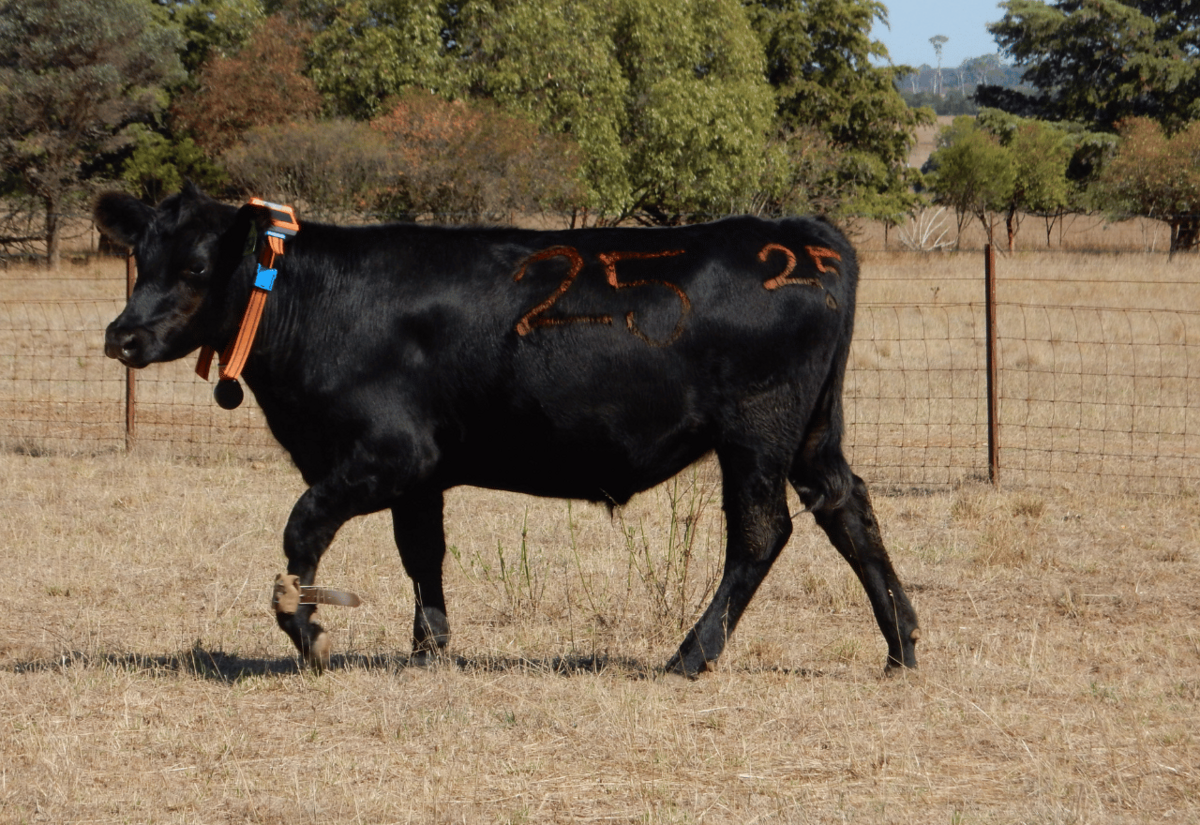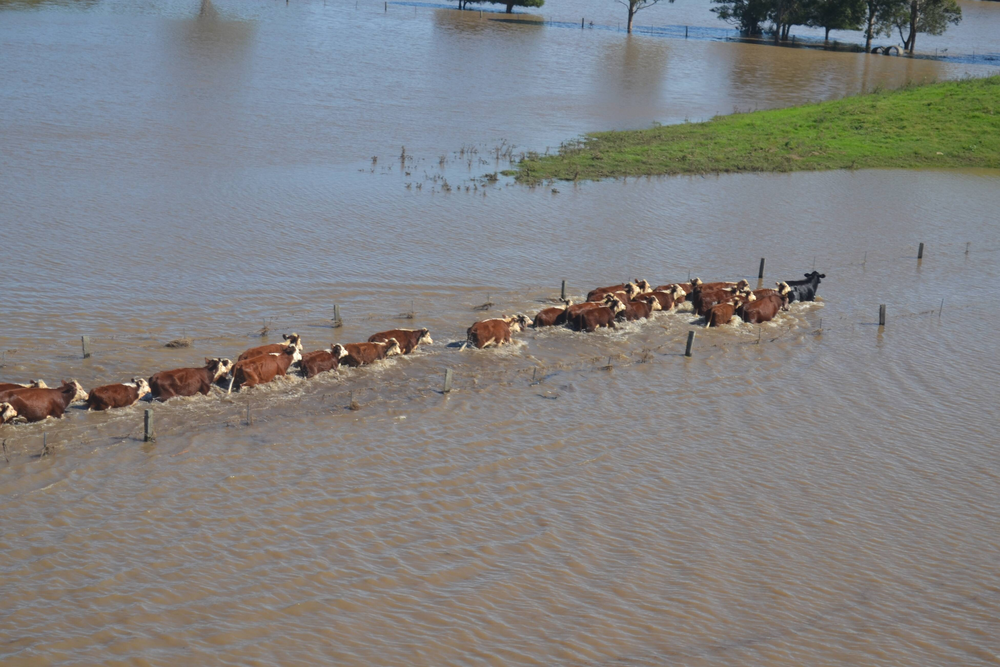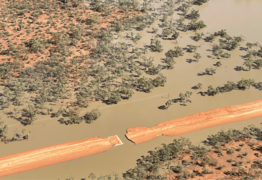"Virtual fencing is a no-brainer"
Farren Hotham
10 May 2025, 2:40 AM
 Cattle on property with Virtual Fencing. IMAGE: CSIRO
Cattle on property with Virtual Fencing. IMAGE: CSIROA Western Plains farmer who has properties at Walgett, Brewarrina and Parkes says virtual fencing provides landholders with a new effective way of controlling cattle.
NSW Agriculture Minister Tara Moriaty said she expects legislation enabling the use of virtual fencing to be passed later this year.
Wayne Dunford says the changes could be huge for farmers with livestock on big hectares.
"It has big potential, we can train the cattle to work with it and the cost of fencing is prohibitive, up to $10,000 per kilometre, and maintenance from wild pigs, kangaroos and emus is tricky," Mr Dunford said.
‘’Floods are significant at the moment so it also helps there. Connectivity has improved with Starlink - before there was nothing - so the technology will work.’’
The NSW Farmers Association has been actively supporting the legislation to enable statewide take-up of virtual fencing.
“The science and technology behind virtual fencing indicates this tool has significant benefits for animal welfare, while also delivering better economic returns for farmers through grazing efficiencies,” NSW Farmers Animal Welfare Chairman Ian McIntosh said.
“In the event of floods, fires and other natural disasters, this technology could well be used to help move livestock to safe areas, without putting humans or animals at risk.
“Reduced fencing costs and enabling noxious weeds to be fenced off and controlled are just two other benefits of virtual fencing which we could see farmers take advantage of the technology in NSW.
“In reality, the sky’s the limit when it comes to what’s possible with this tool – we just need to be able to use it.”

Virtual fencing could provide life-saving flexibility during flooding. IMAGE: Local Land Services
The NSW Member of Parliament for Barwon Roy Butler and Member for Orange, Phil Donato, have been championing the benefits of virtual fencing for primary producers to the NSW Government for the past three years.
The Government say they've taken on board the input and the recommendations of the Legislative Assembly Committee Inquiry into the Prevention of Cruelty to Animals Amendment (Virtual Stock Fencing) Bill 2024, and is now moving to legalise virtual fencing.
“The NSW Government has listened to Phil Donato the MP for Orange and to the farming industry and will work with both industry and animal welfare groups to ensure we get the right balance for delivering virtual fencing on farms," said NSW Agriculture Minister Tara Moriarty.
“These changes seek to reduce costs for farming and to enable agile paddock formation across land holdings to meet the needs of farmers while also protecting the welfare of cattle.
“The Government will now consider amendments to the POCTA Regulation and undertake consultation with key stakeholders including industry and animal welfare organisations.”
Virtual fencing is used to contain cattle without the need for physical internal fencing, instead using devices such as neck bands or collars that use GPS technology and sensory cues to manage their movement. These devices can also monitor the activity, health and welfare of cattle.
Using GPS coordinates, farmers will be able to use this technology as internal fencing, rather than having to construct new or maintain existing fencing. Plus, gain insights on the health and movement of their herds.
This assists farmers to reconfigure paddocks and reduce costs on fence repair, plus address other issues shown through data analysis more efficiently and effectively.
This reform brings NSW into line with Queensland, the Northern Territory, Western Australia and Tasmania where virtual fencing is currently used.



